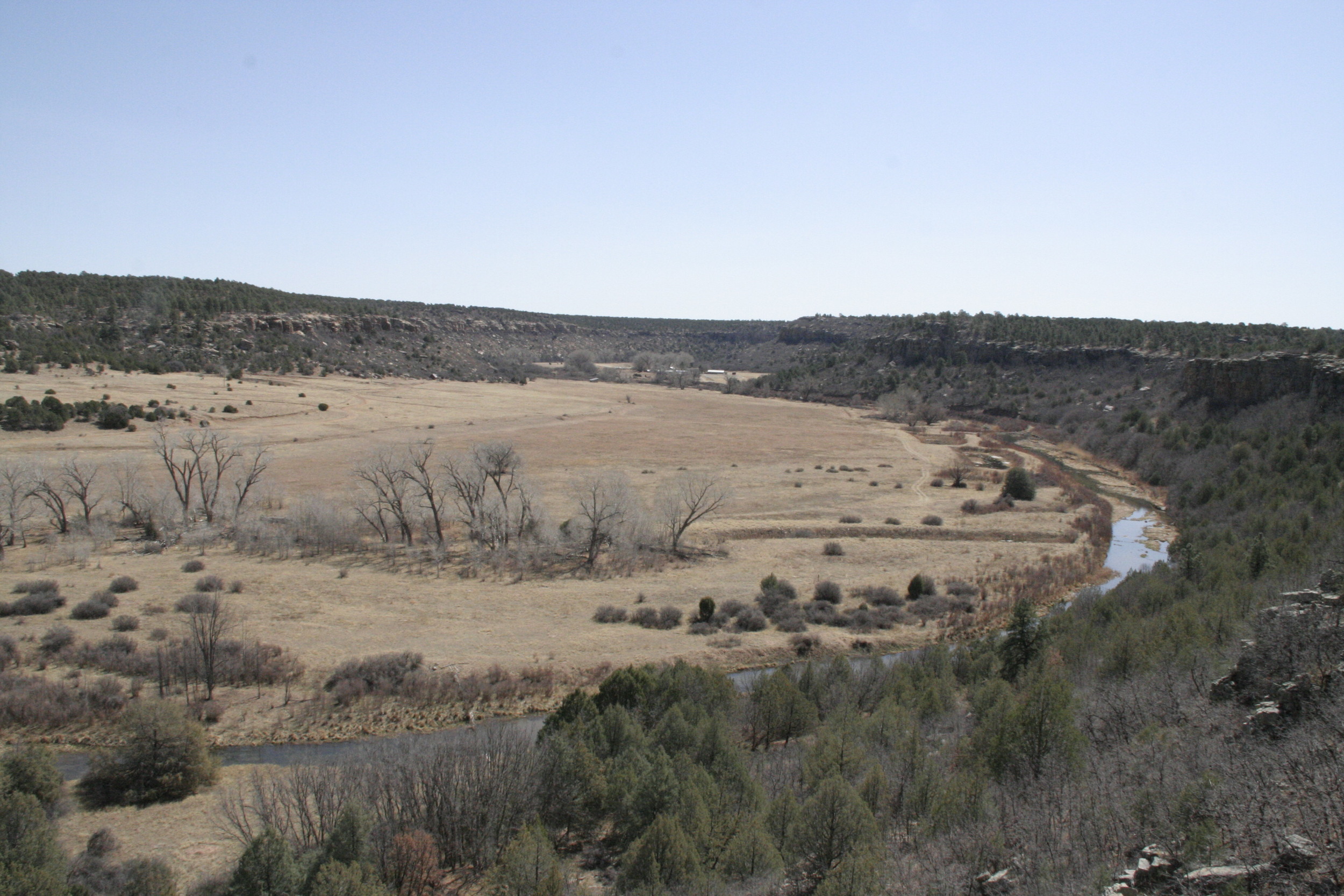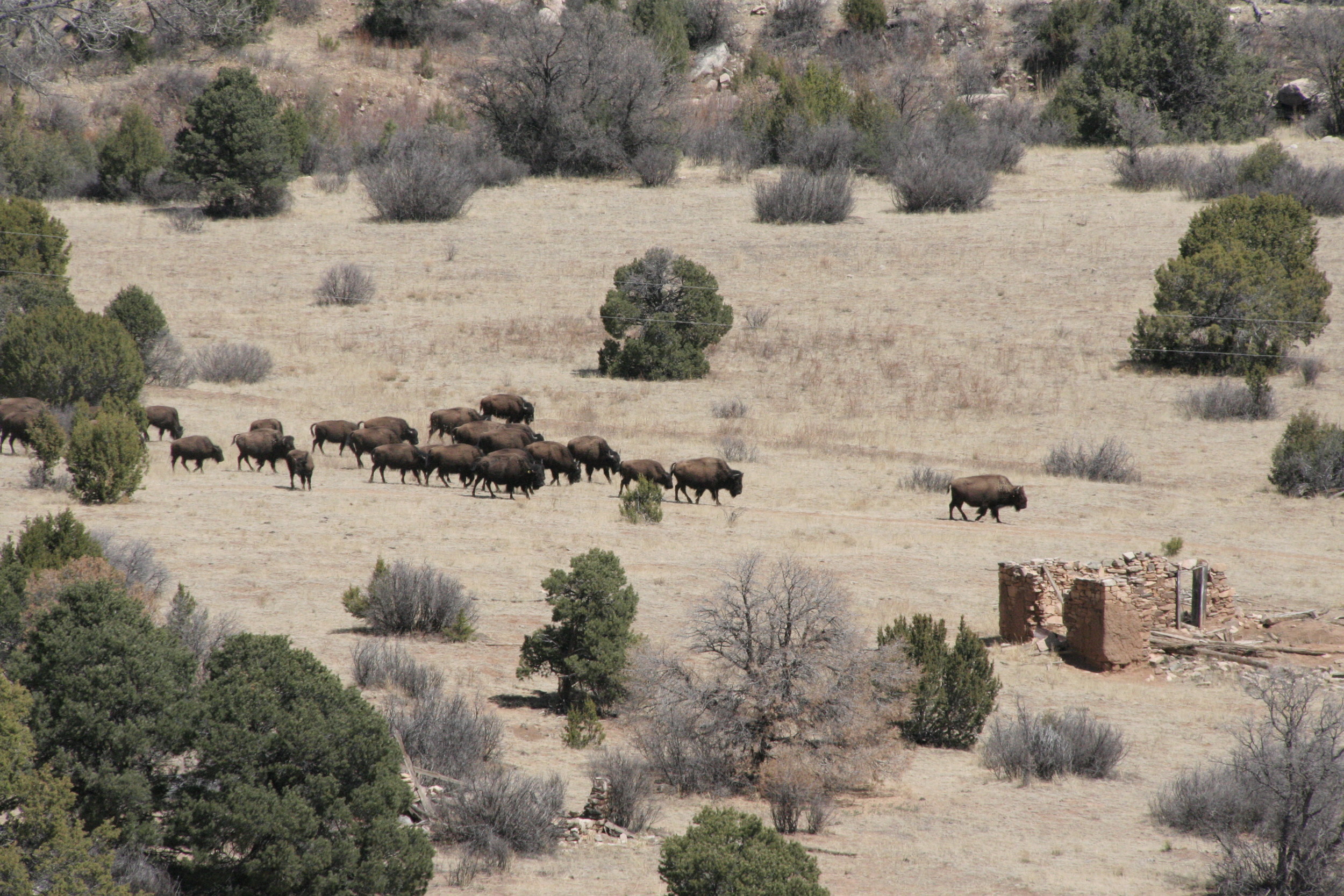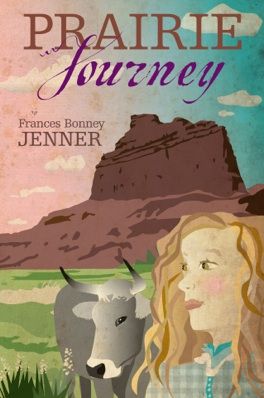 On the day that you think you can't think of anything to write about, go outside and look with new eyes. Get down low and up close. Ask yourself some new questions: What if I were an aphid, living on a tulip? What would my world look like? Feel like? What does the nectar of a tulip taste like? If I were an aphid, would I know that I looked like an emerald gem on an opal field? I could write a book on the life of an aphid on a tulip.
What can your write when you look at the world from a new perspective?
On the day that you think you can't think of anything to write about, go outside and look with new eyes. Get down low and up close. Ask yourself some new questions: What if I were an aphid, living on a tulip? What would my world look like? Feel like? What does the nectar of a tulip taste like? If I were an aphid, would I know that I looked like an emerald gem on an opal field? I could write a book on the life of an aphid on a tulip.
What can your write when you look at the world from a new perspective?
Rio Mora Wildlife Refuge: A treasure from the old west
Rio Mora Wildlife Refuge, Watrous, New Mexico
Two weeks ago we sat on the rim rock above the Mora Valley in northern New Mexico and listened to the call of a raven, breathed in the scent of sun on pinion needles, and thought how lucky we were to be here, in this protected piece of land with no cars, no garbage, no amenities, no other humans. All that was missing was a glimpse of the resident herd of "buffalo" (American Bison). We knew the odds of our seeing them in this 42,000 plus acre Refuge, were pretty low, so we were happy with hiking about, checking out old stone outcroppings, trying to identify the birdsong.
And then, just as we were about to leave and explore the ghost town of Loma Parde, out from behind a big pinon below us walks a big bison, then another, and another, cows and calves and yearlings all stretched out like a string of ancient, furry, black pearls.
Be sure and support your local National Wildlife Refuge. Without the open land, without contact with animals and birds, we will all be less human.
Maya Angelou: A Lesson in Living, Learning, and Writing
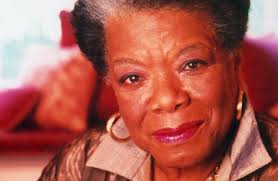 “I've learned that no matter what happens, or how bad it seems today, life does go on, and it will be better tomorrow.
I've learned that you can tell a lot about a person by the way he/she handles these three things: a rainy day, lost luggage, and tangled Christmas tree lights.
I've learned that regardless of your relationship with your parents, you'll miss them when they're gone from your life.
I've learned that making a "living" is not the same thing as making a "life."
I've learned that life sometimes gives you a second chance.
I've learned that you shouldn't go through life with a catcher's mitt on both hands; you need to be able to throw something back.
I've learned that whenever I decide something with an open heart, I usually make the right decision.
I've learned that even when I have pains, I don't have to be one.
I've learned that every day you should reach out and touch someone. People love a warm hug, or just a friendly pat on the back.
I've learned that I still have a lot to learn.
I've learned that people will forget what you said, people will forget what you did, but people will never forget how you made them feel.”
― Maya Angelou
(http://www.goodreads.com/author/quotes/3503.Maya_Angelou)
“I've learned that no matter what happens, or how bad it seems today, life does go on, and it will be better tomorrow.
I've learned that you can tell a lot about a person by the way he/she handles these three things: a rainy day, lost luggage, and tangled Christmas tree lights.
I've learned that regardless of your relationship with your parents, you'll miss them when they're gone from your life.
I've learned that making a "living" is not the same thing as making a "life."
I've learned that life sometimes gives you a second chance.
I've learned that you shouldn't go through life with a catcher's mitt on both hands; you need to be able to throw something back.
I've learned that whenever I decide something with an open heart, I usually make the right decision.
I've learned that even when I have pains, I don't have to be one.
I've learned that every day you should reach out and touch someone. People love a warm hug, or just a friendly pat on the back.
I've learned that I still have a lot to learn.
I've learned that people will forget what you said, people will forget what you did, but people will never forget how you made them feel.”
― Maya Angelou
(http://www.goodreads.com/author/quotes/3503.Maya_Angelou)
Here is the gift of Maya Angelou, that ability to speak directly from her heart into your heart. How does she do this, and with so much power and authority? How does she make us listen and believe her? What rhetorical techniques does she use?
She speaks from the first person, from the powerful “I” of her personal experience. Each one of these sentences holds a story from her life. Each one could become a poem, a short story, a novel.
She uses repetition. In these 212 words she repeats “I’ve learned” at the beginning of 11 of 12 sentences. That repetition is like a drum beat, she becomes the woman of power and experience who is standing on stage, stomping to the rhythm of her experience, drilling that rhythm into your heard, demanding that you listen, that you learn from her. It is the same rhythm, the same demand, made by Dr. Martin Luther King when he repeated, again and again, “I have a dream.”
In the third to the last sentence, Angelou introduces the word “people” and then repeats “people” three times in the last sentence. Angelou is an artist who writes and speaks with passion but never without knowledge of the power of her words. There was a reason for the wording and order of the last three sentences (about people, about herself, about people again). I wonder what that reasoning was, what more was she telling us by the order and positioning of her words?
If you want to strengthen your writing, chose a piece of writing that moves you. Take the time to break it down, analyze the author’s techniques. See what you have learned that will make you a more powerful writer.
Writing a Historical Memoir: Prairie Journey by Frances Bonney Jenner
Prairie Journey by Frances Bonney Jenner
Memoir can take on many different forms. If you have ever been curious about what life was like at a given time in history, how an individual might have reacted to trying circumstances, historical memoir may be for you. It is a challenging form, as it requires the author to research the historical period and events thoroughly and at the same time to creatively see the world from their characters’ eyes.
Fran Jenner has done both in her engaging story of Samantha and her trek from Missouri to California. Fran, a librarian, is a dedicated writer and researcher. During the five years that she worked on Prairie Journey she traveled the route that Samantha and her family would have traveled to get a sense for what life was like camping on the Great Plains. Fran also attended Green River Writers Workshop every summer in Las Vegas, New Mexico, reading her work and receiving feedback. She worked closely with her editors, Gerry and Lorry Hausman to bring just the right tone to the book.
A writer needs to read. If you are interested in writing historical memoir, read Prairie Journey. It will teach you lessons of writing and of life.
Here's what Fran has to say about Prairie Journey
12-year-old Savannah Clarke lives with her sister Faye and parents on a farm in Missouri. But their land’s worn out and her father insists they find new land in California, 2000 miles away. It’s 1850 and the journey will take months in a covered wagon pulled by oxen. Savannah knows her heart and it says “stay.” Stay with her best friend Mark living just a hair’s breadth away, with newborn pigs suckling in the barnyard, and peach trees bursting into bloom come spring. Still, she has no choice; she must go. Even though there’s trouble ahead and tragedy and there’s nothing she can do to stop it.
Irie Books, 2012
Available on Amazon and Barnes and Noble on-line
Wendy the Wonder Horse
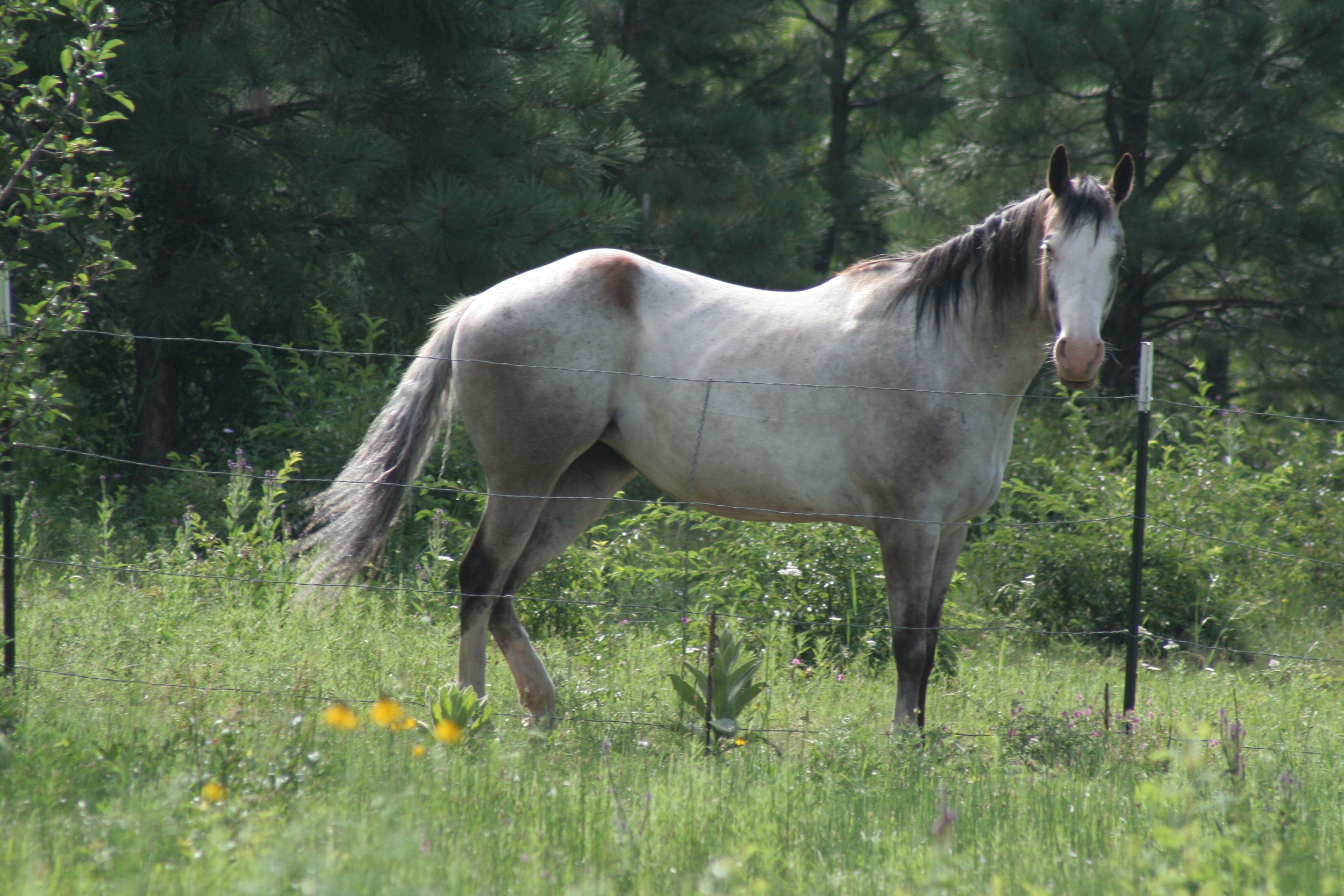 This is my horse Wendy in the summer of 2007, a few months after we had brought her to the mountains in New Mexico. Wendy was part Appaloosa, seventeen hands high. She had a sweet temperament. She had spent several years in a large corral in desert country, kept from her food by other, more aggressive horses. When she came to us, she was thin, covered with scars from bites from the other horses. She stood in the middle of our field and did not seem to know how to eat fresh grass. She was shy with us. But all that changed quickly. She thrived on the fresh green grass in our valley. She was a great horse to ride ,with a smooth trot, sure footed on mountain trails and beautiful to watch when she ran around the field.
We have learned that grey horses are susceptible to skin and eye problems from the sun.
Last year Wendy developed "Moon Blindness". She lost the sight in her right eye and soon after, in her left eye. This winter we learned that she had cancer in her left eye.
This is my horse Wendy in the summer of 2007, a few months after we had brought her to the mountains in New Mexico. Wendy was part Appaloosa, seventeen hands high. She had a sweet temperament. She had spent several years in a large corral in desert country, kept from her food by other, more aggressive horses. When she came to us, she was thin, covered with scars from bites from the other horses. She stood in the middle of our field and did not seem to know how to eat fresh grass. She was shy with us. But all that changed quickly. She thrived on the fresh green grass in our valley. She was a great horse to ride ,with a smooth trot, sure footed on mountain trails and beautiful to watch when she ran around the field.
We have learned that grey horses are susceptible to skin and eye problems from the sun.
Last year Wendy developed "Moon Blindness". She lost the sight in her right eye and soon after, in her left eye. This winter we learned that she had cancer in her left eye.
On February 2, on the advice of our veterinarian who had been treating her, we had her put down. She was 15 years old, a beautiful, otherwise healthy horse and that was a difficult decision.
We have decorated the place where she is buried with turkey feathers, rocks, and flowers.
We miss Wendy and we still call her Wendy the Wonder Horse.
Gerald Hausman publishes "Rastafarian Children of Solomon"


